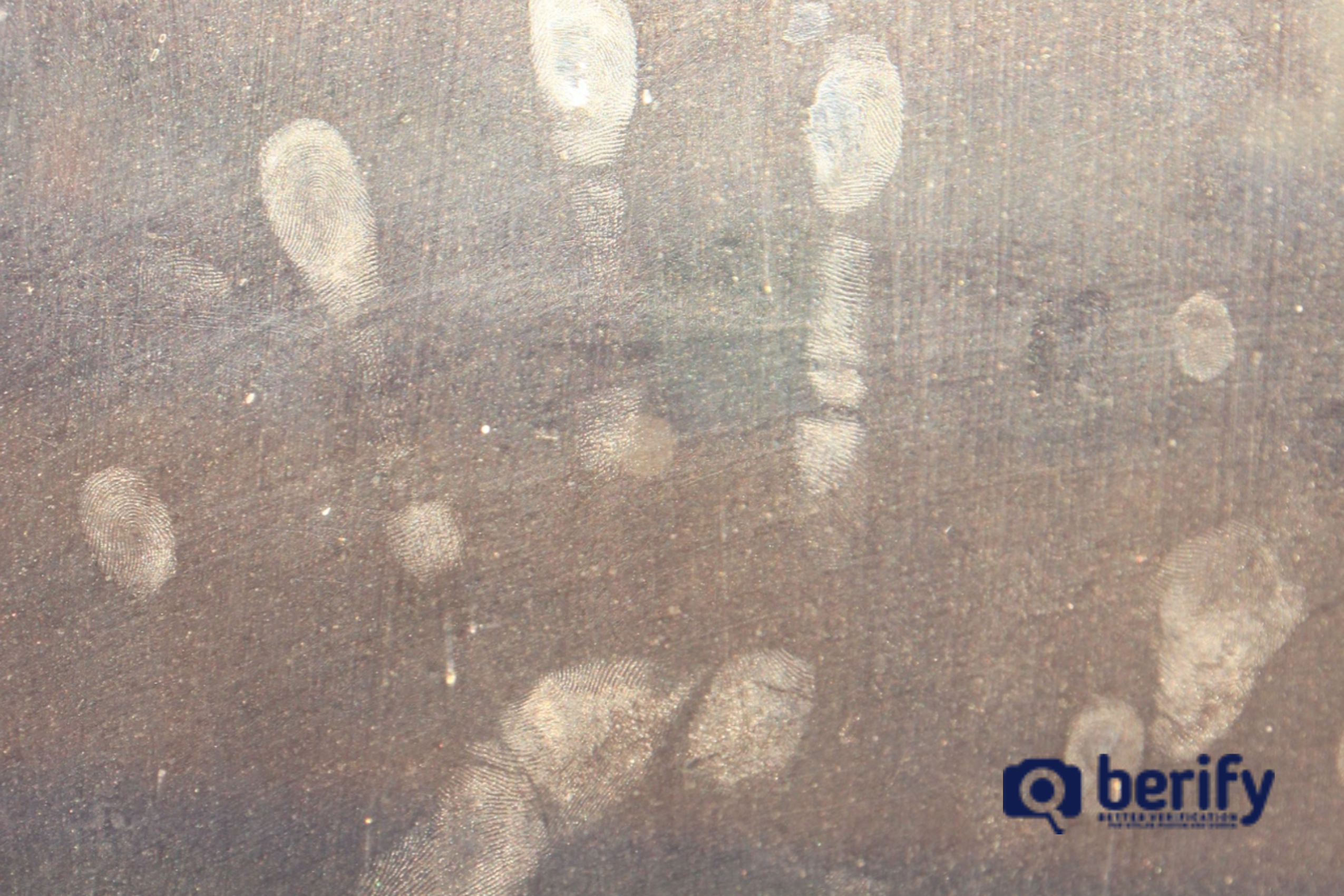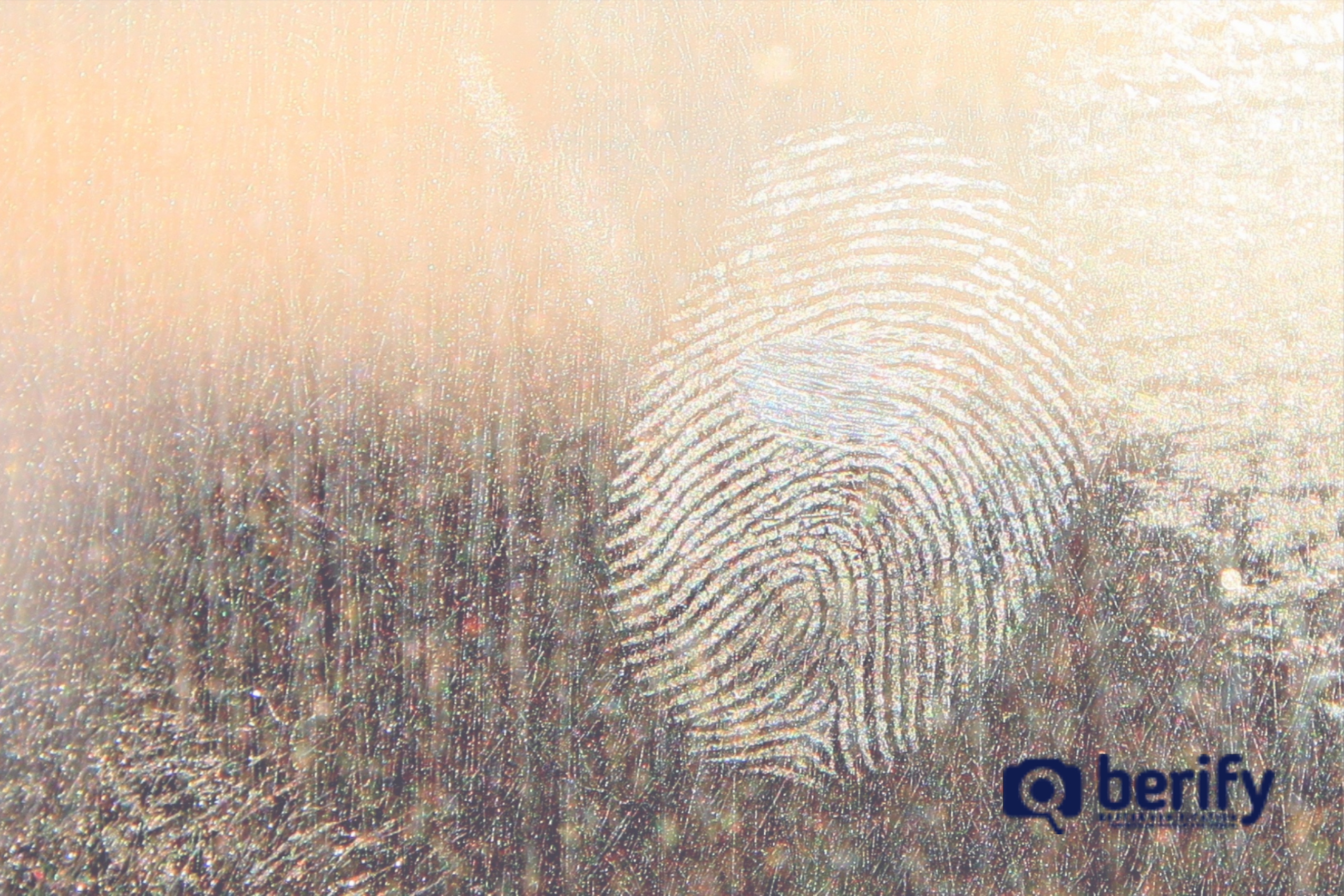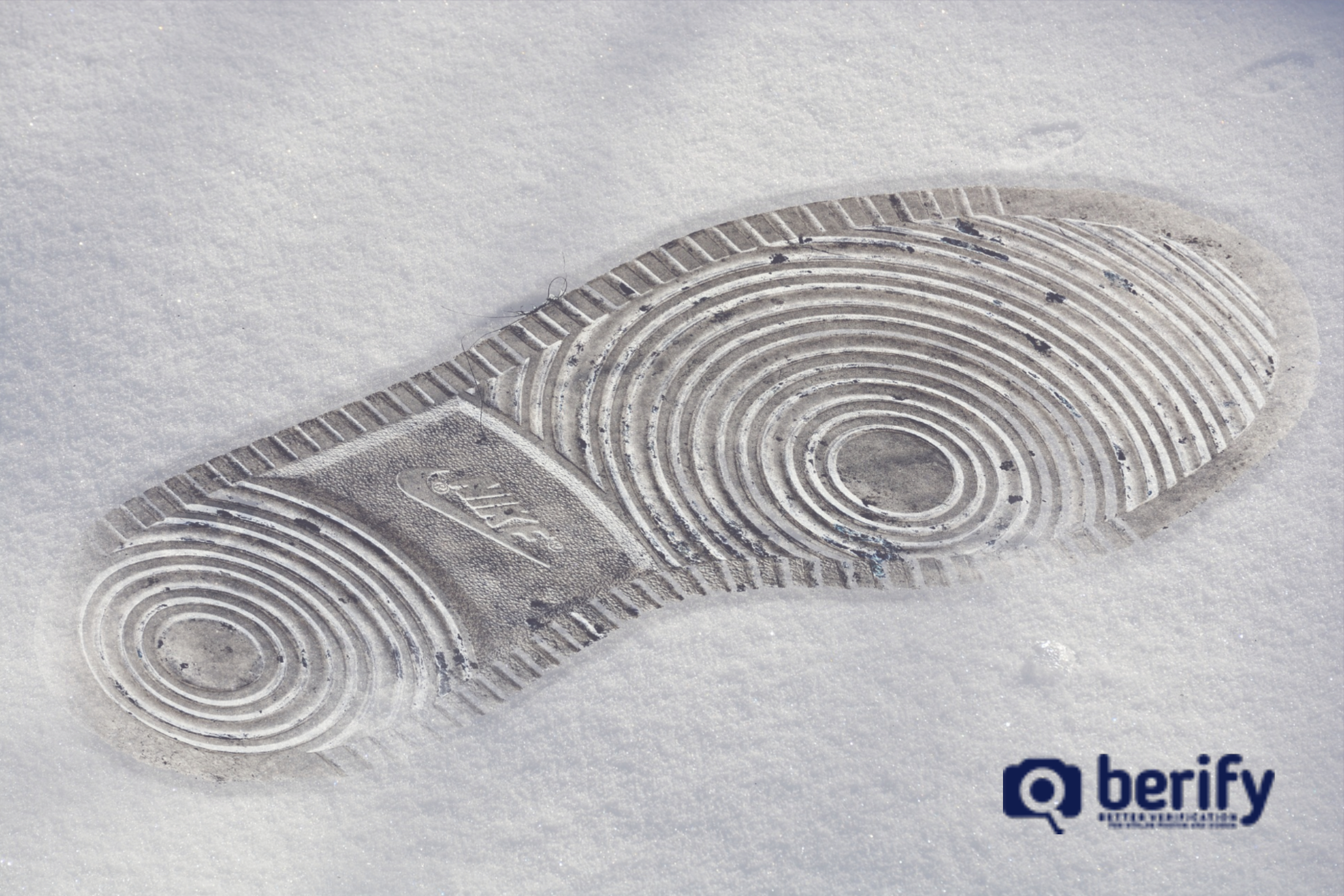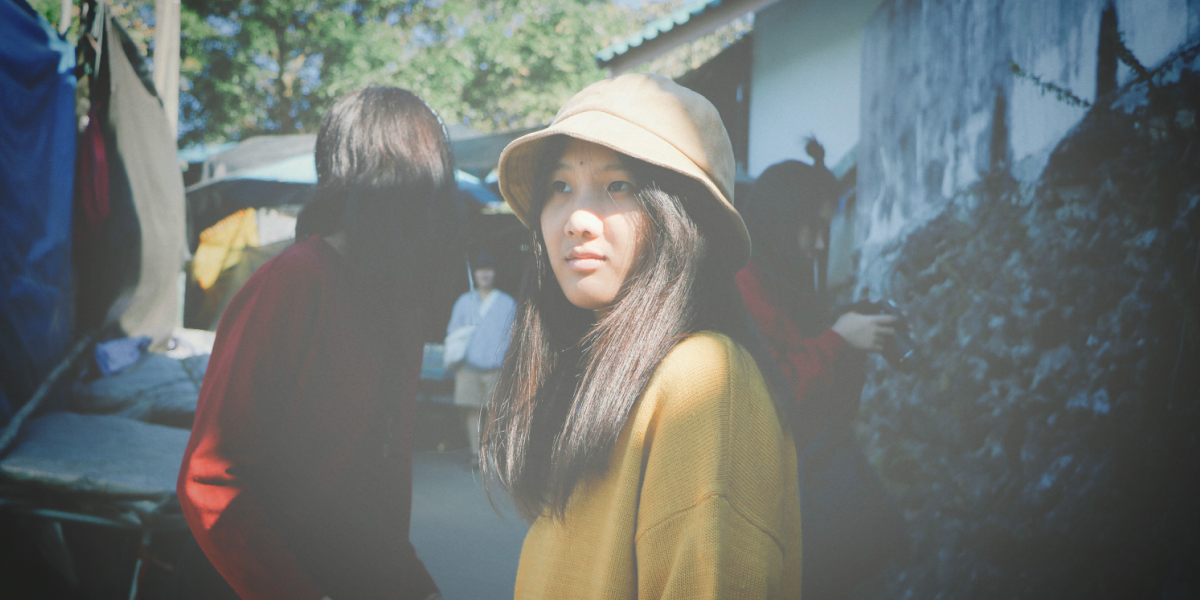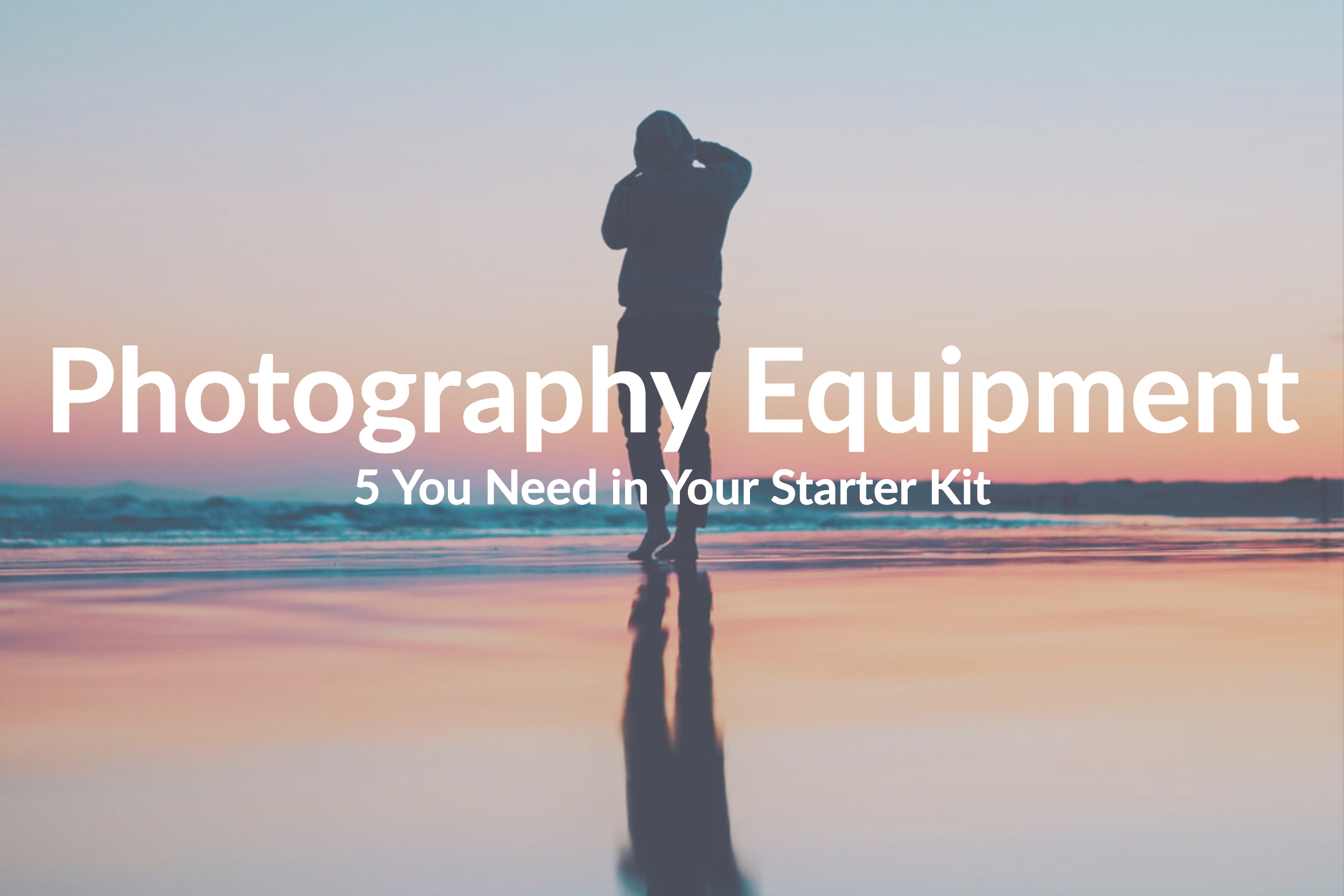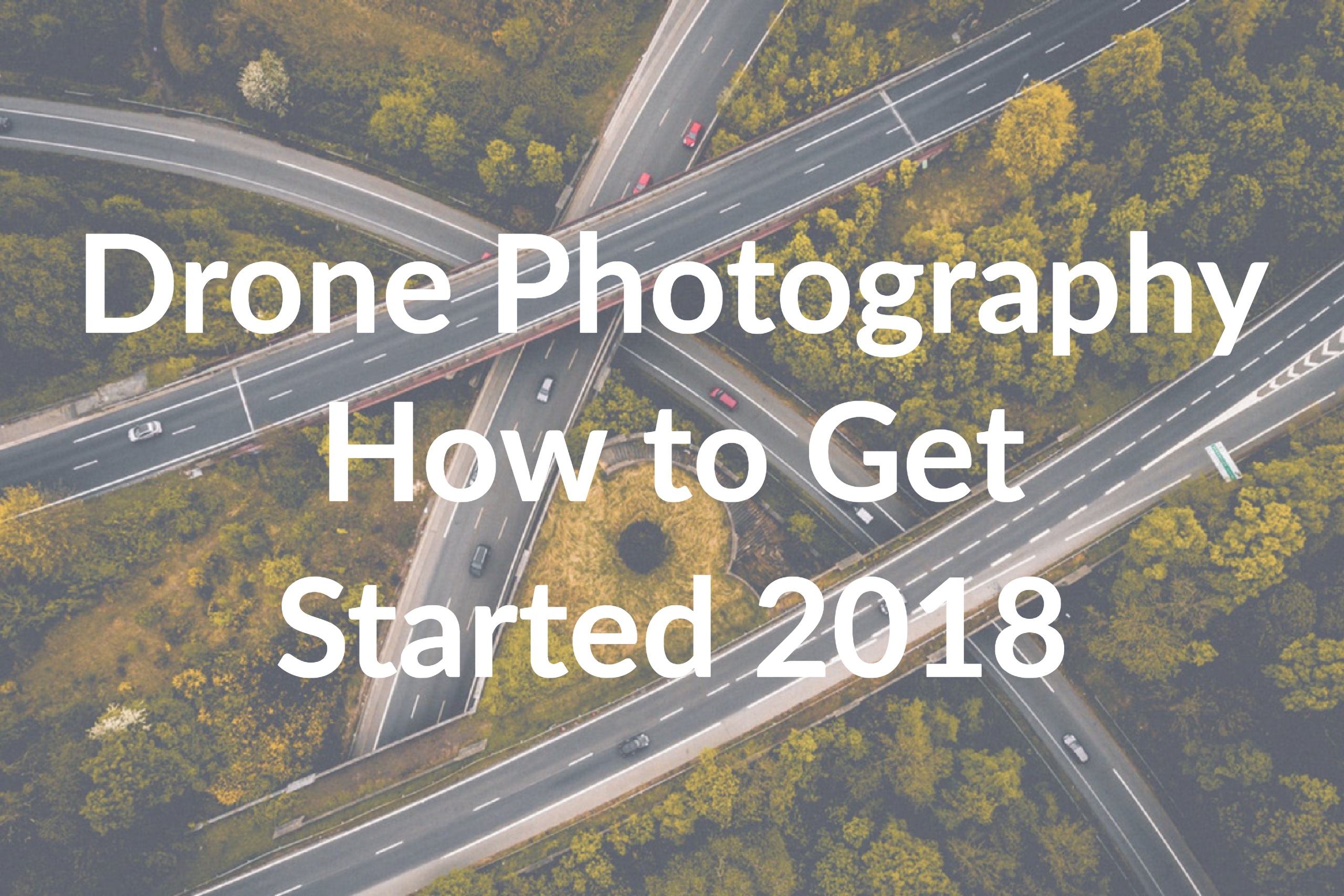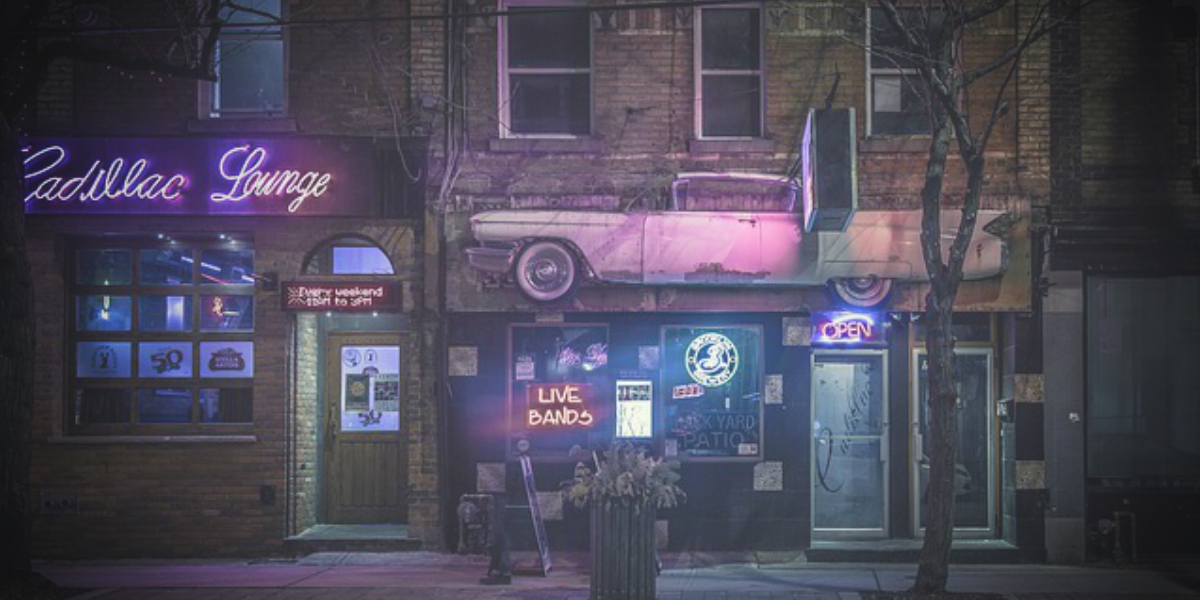How to Get Started in Forensic Photography and Equipment Needed
Have you always had a love for crime shows and a strong stomach?
As photographers review potential jobs in their field, a less considered form of photography involves working in forensics as a detective or law enforcement officer. If you’re interested in your photography helping to solve crimes and catch criminals, read on!
What is Forensic Photography?
Forensic photography is a highly sensitive form of crime scene photography, where evidence (physical) and crime scenes are documented with photographs. Crime scene photography in particular, and the image taking should be thorough, as anything found at the crime scene could be considered the evidence. The photos taken should be neutral and represent the scene accurately.
Importance & Use of Forensic Photography
Forensic photography is often the best way to collect lawful evidence. There is a possibility that these types of photographs might, later, be analyzed by specialists (experts and analysts before a trial or witness examination). These photographs can help law enforcement piece together a traumatic event and know which criminals to pursue.
At other times, forensic pictures help to refresh the memory of witnesses or provide documentation for anyone who was not at the crime scene. Forensic photography from a crime scene might include images or examples (proof) of the following:
Biological Evidence
Evidence from a living item (physical fluids, plants, and some types of biological pathogens included).
Chemical Evidence
Less likely to be photographed, unless it is the effect of a chemical stain, spill, bottle, etc.
Patterned Evidence
Evidence that presents with a predictable pattern.
Trace Evidence
Less easily recognized or more covertly presented proof. Anything small in size or at risk of being overlooked.
Forensic Photography Methods & Equipment
In terms of the methods used, when photographing a crime scene, the photographer should be prepared. This means having a video camera, clipboard or digital tablet, writing materials, filters, lenses (standard, close-up, wide-angle), index cards, a camera and extra batteries, tripod, graph paper, compass, log for recording all photographs taken, measuring instruments (rulers, tape measure, etc.). These tools can help the photographer capture the following, essential, three elements of the scene.
- The subject.
- The scale.
- A reference point.
Since each element included above will help those who view the images (police, attorneys, judge, witnesses, jury members, etc.) at a later time, the photographer should not artistically capture evidence. This could potentially skew the reality of the situation/crime scene. Crime scene photographs should be an accurate reconstruction of the real-life scene and not resized or edited to enhance specific details with color changes, etc.
All identifying evidence should be represented (address, location, building number, vehicle, license plate, serial number, identification numbers). Also included should be markings like footwear, tire marks, impressions, or other environmental conditions related to the scene. The images in the scene should show the relationship between objects, including size and location. However, lighting may need to be used to achieve accuracy and clarity.
Even in the age of digital photography, photographers should still understand photography principles – shutter speed, aperture, and ISO. Flash is often used to create an angle, bounced off the ceiling, or removed from the body of the camera.
Avoid purchasing a forensic photography kit and, instead, research which items are the best and buy each piece individually (for a better deal).
If you’re interested in finding more work by famous photographs, try a reverse search at Berify and make sure you retain the rights to your work.
